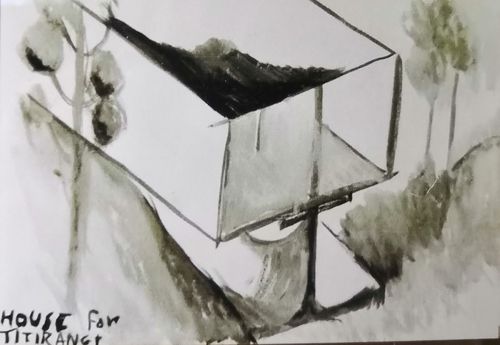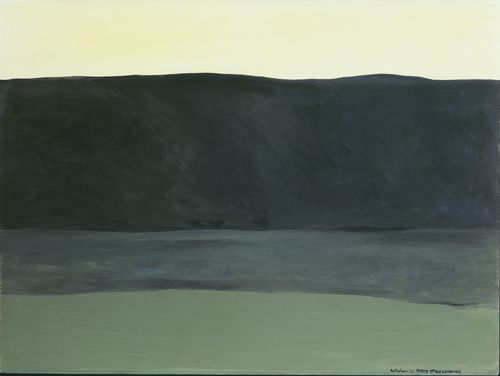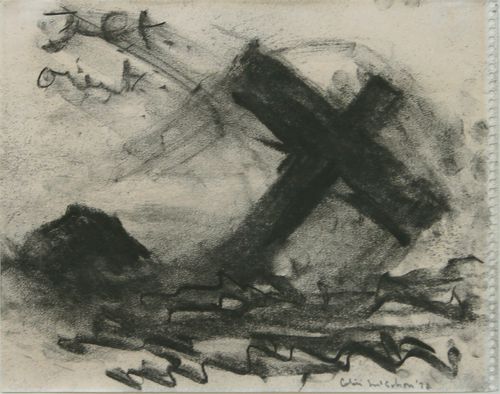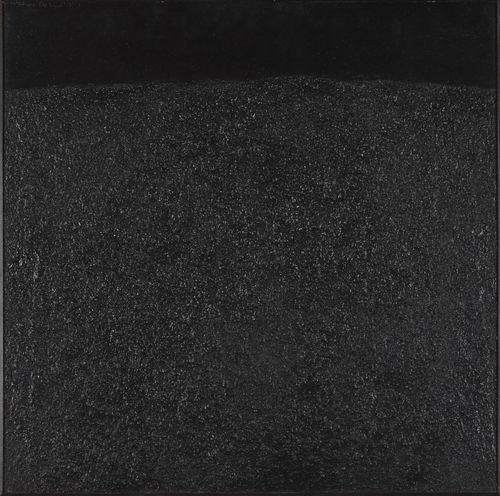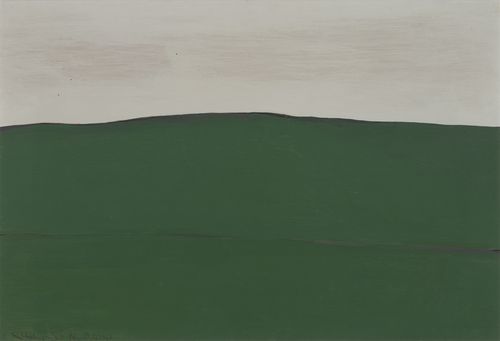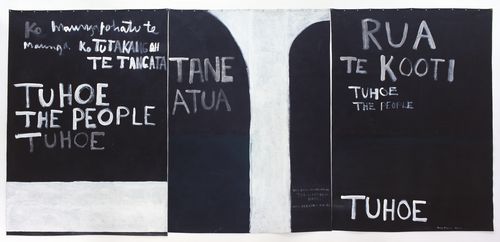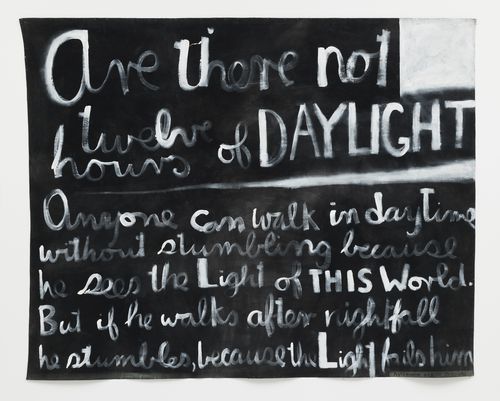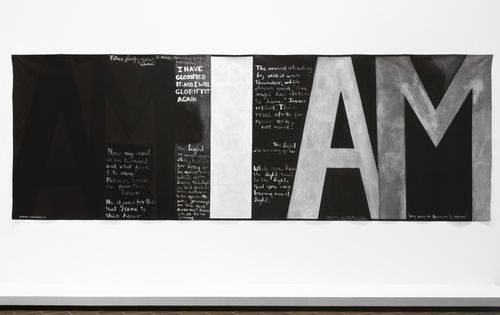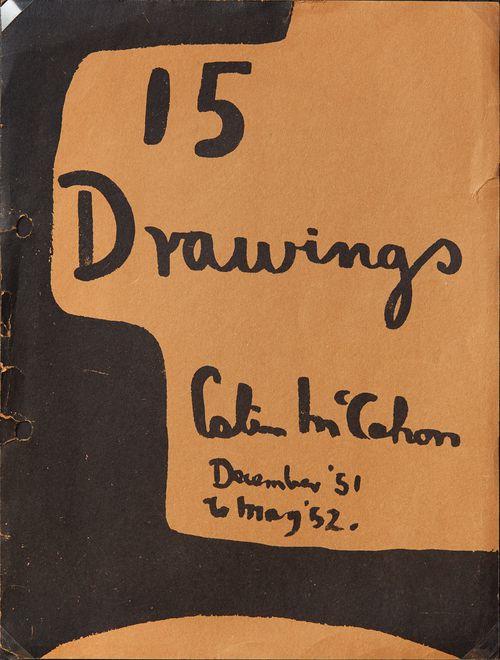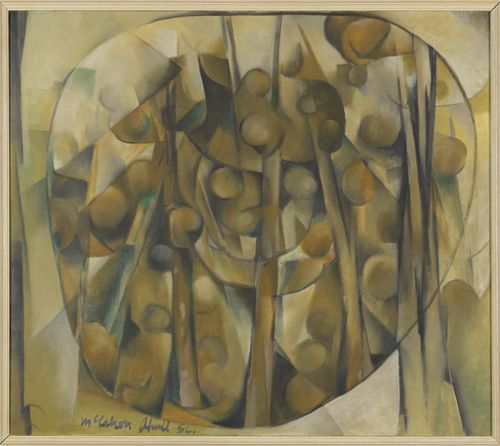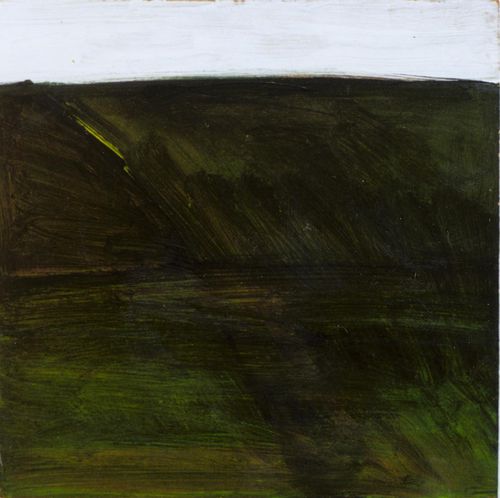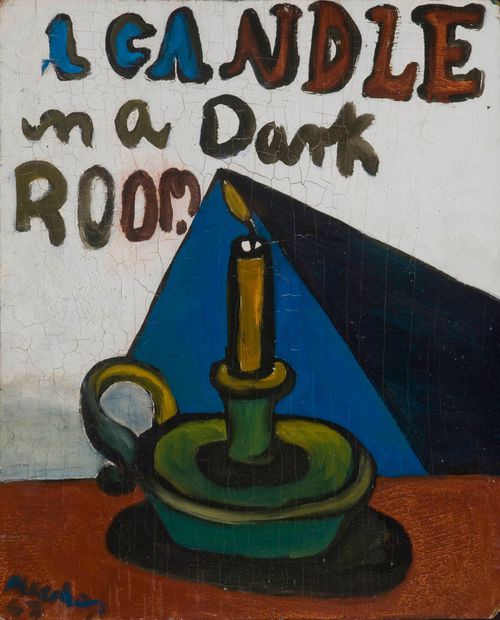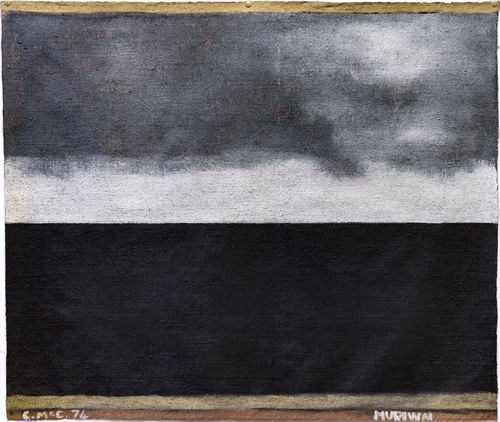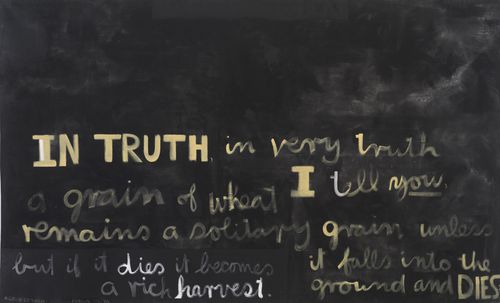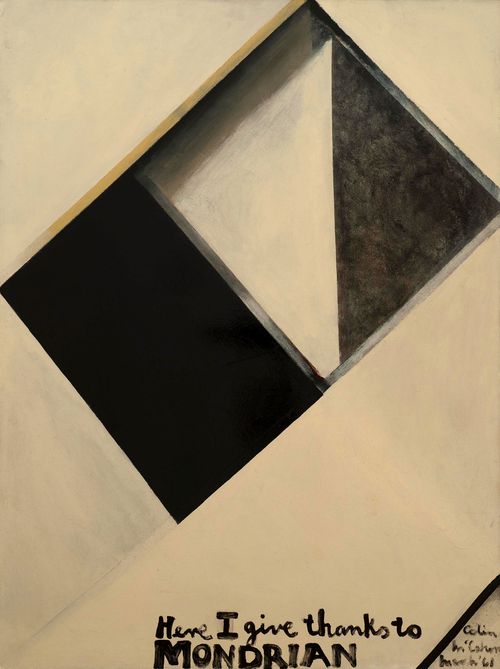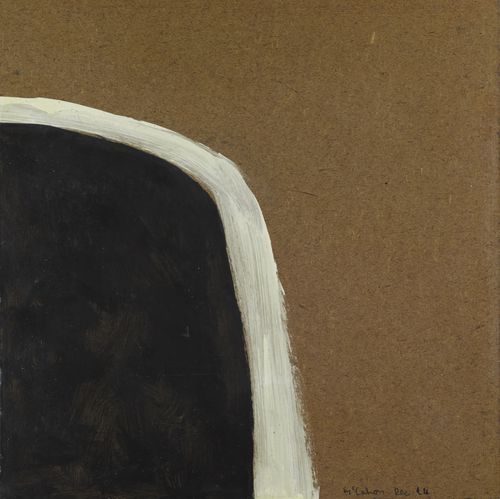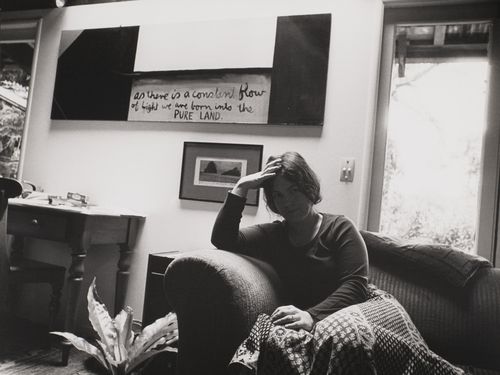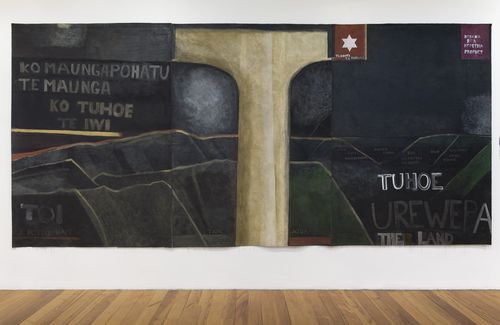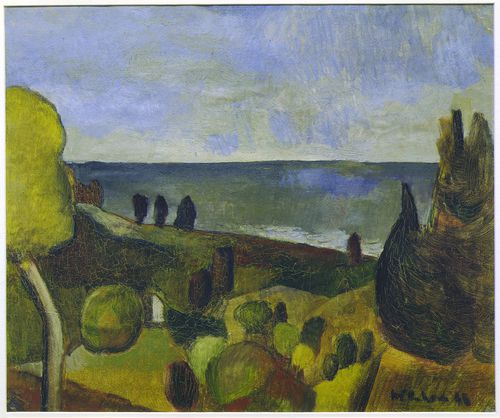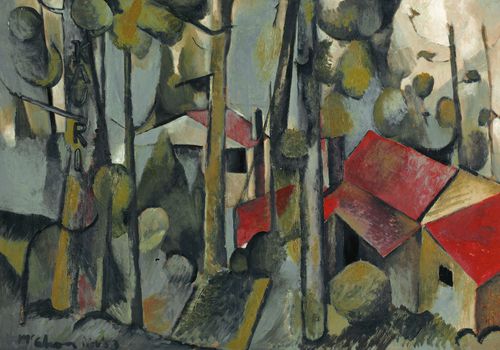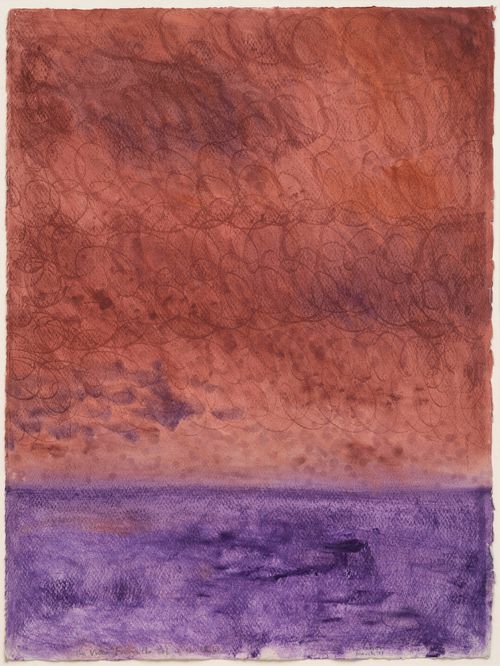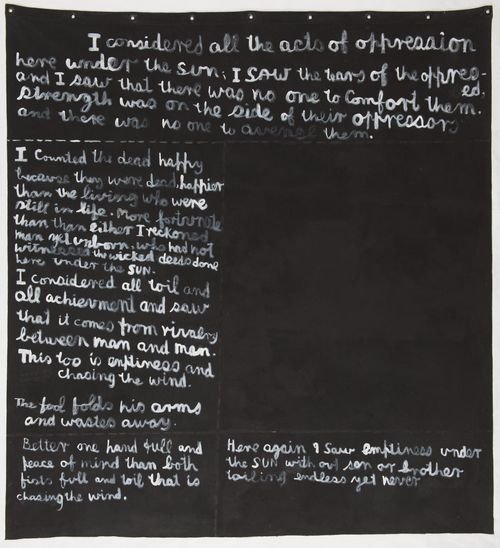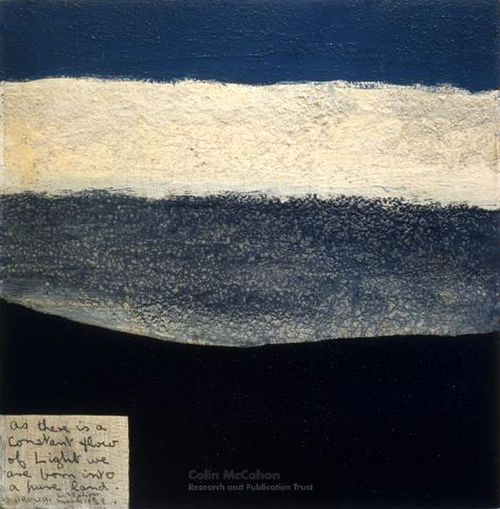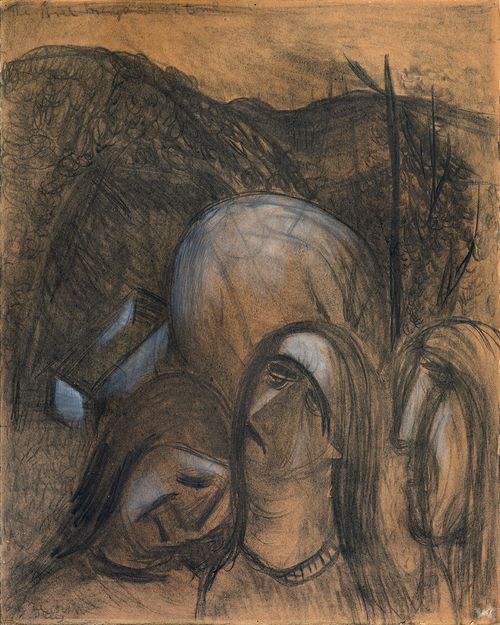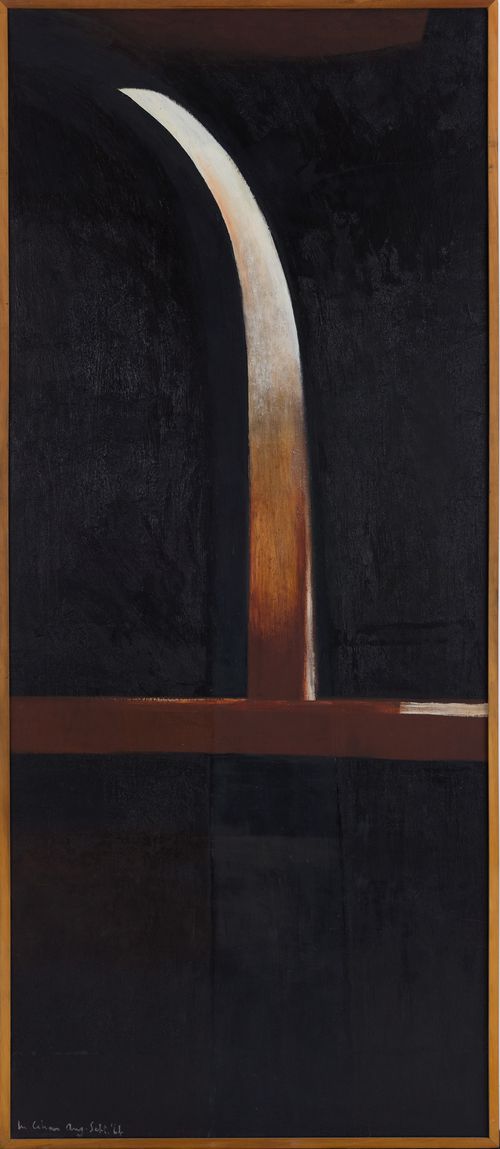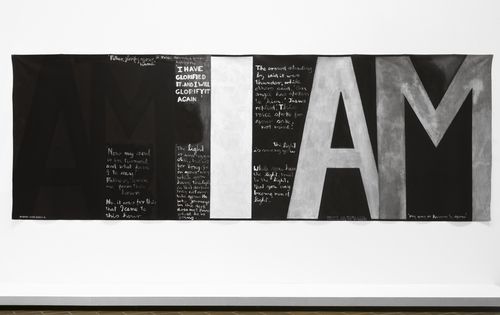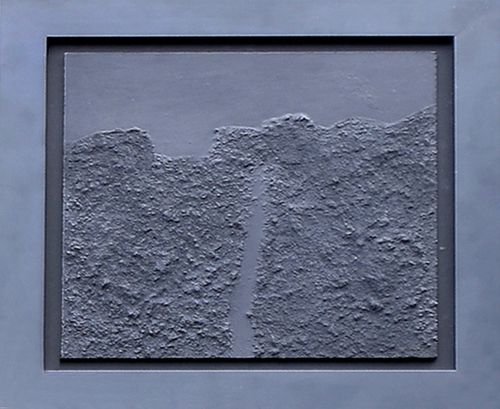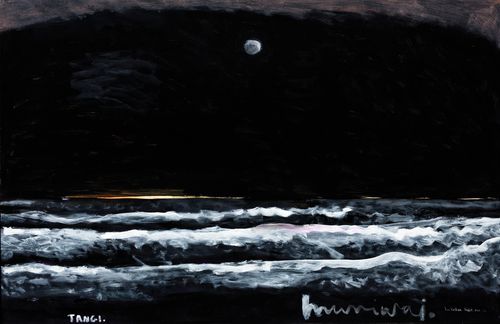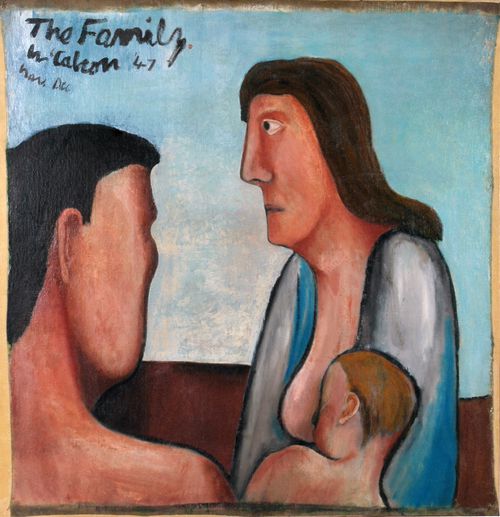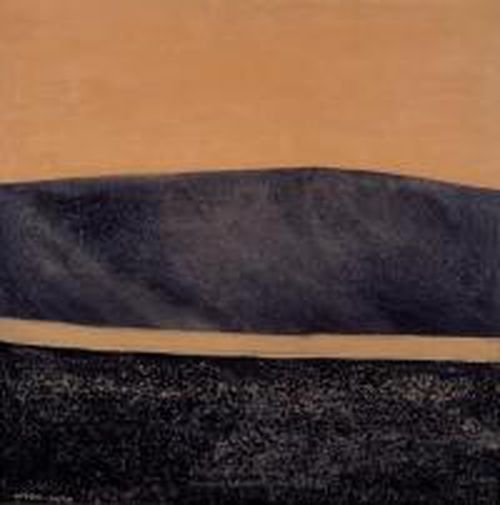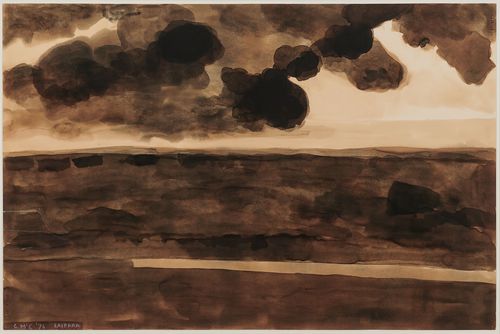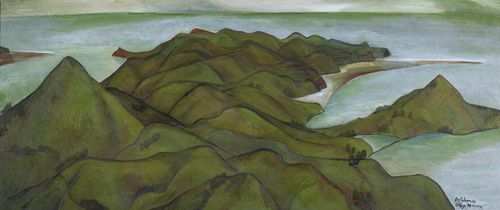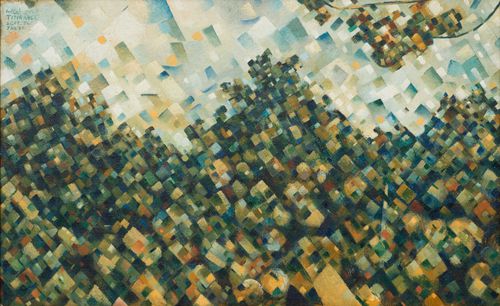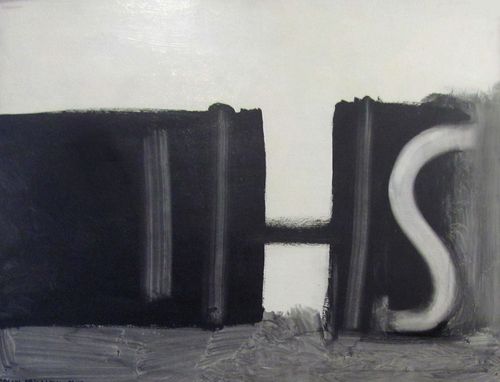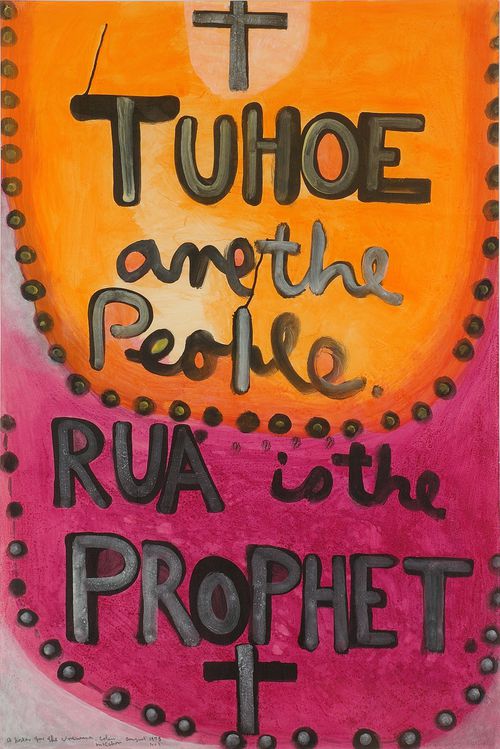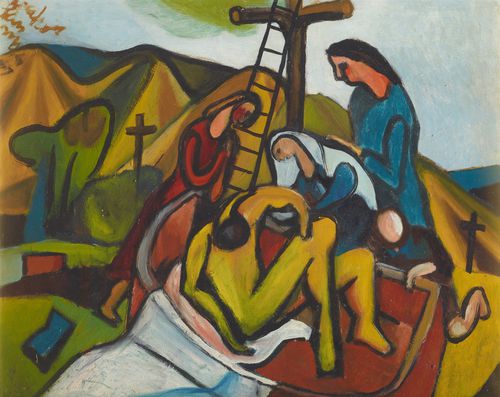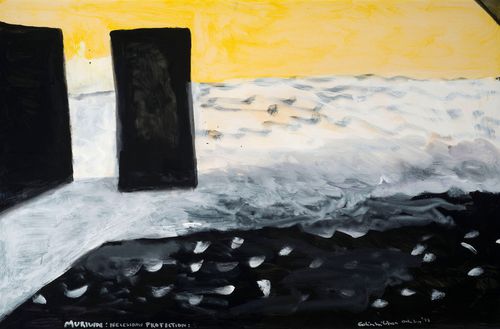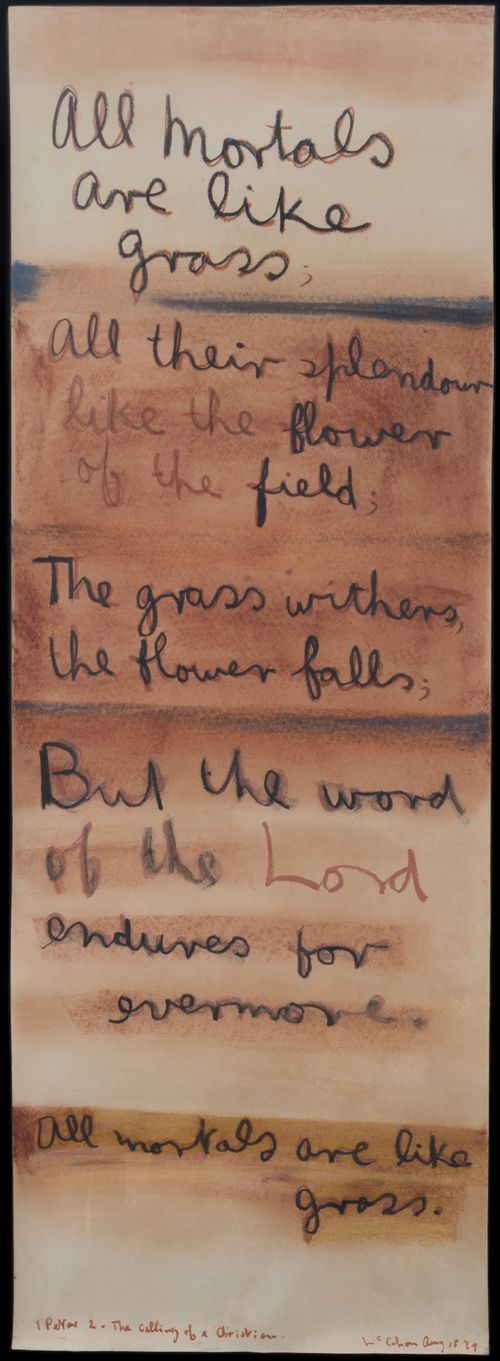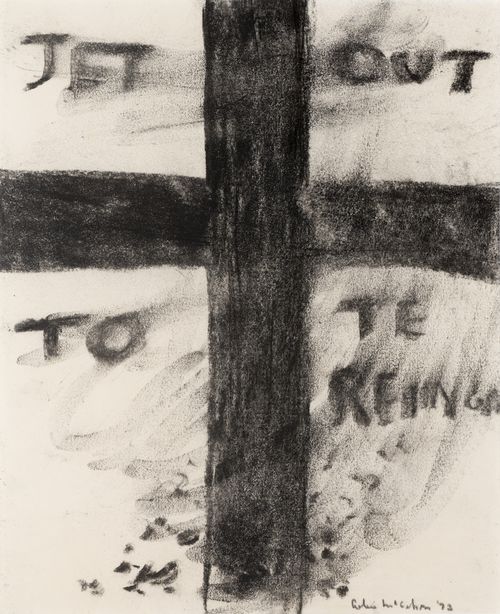Kaipara
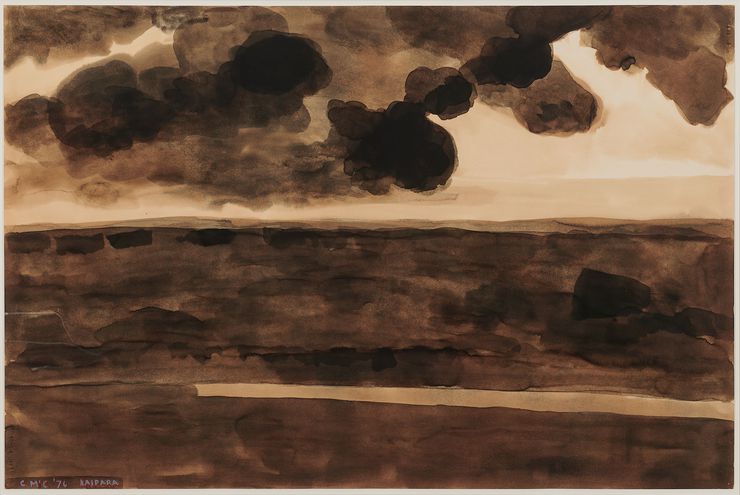
Kaipara, 1976, ink on paper, 730 x 1203 mm. Courtesy David Kirk and McCahon Research and Publication Trust.
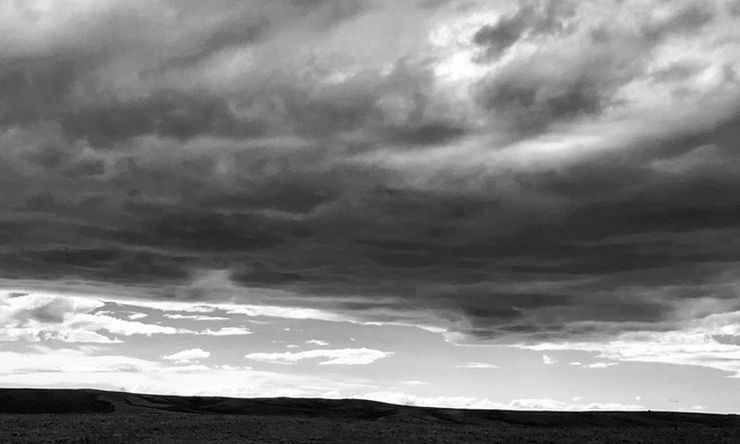
The view looking south-west from atop the Lammermoor Range, taken by the author whilst walking the Old Dunstan Rd, Central Otago, New Zealand.
David Kirk
Two of the things I like best about Colin McCahon are his commitment to innovation and his whimsy. By whimsy I mean playful, painterly, romantic. Often these two sides of the great painter seemed to be in conflict or at least irreconcilable. McCahon’s subject matter - the stations of the cross, the crucifixion, Roman numbers, the death of a dog – and his style – abstract, minimalist at times, maximalist at others, paintings scrawled with mournful quotes and poems, sometimes across multiple enormous unstretched canvases, and his composition – flat and direct - feel anything but whimsical. These paintings, the ones McCahon is most known for, often feel serious and sad to me. They reflect on the insignificance and transience of human life compared to a divine God and the natural world. When a series of sixteen paintings, over 16 metres in length, is punctuated by ‘rest’ canvases (as in The Wake paintings) so the viewer can recover from the intensity of the canvases thus far viewed, before the onslaught of the next three or four canvases, you know the painter does not have playfulness in mind. And yet there is whimsy, even here. In the colours, in the washes, in the brushstrokes, in the curly handwriting, in the drips.
I admire Colin McCahon’s great innovative works such as The Gate series, The Wake and The Fourteen Stations of the Cross and his abstract landscapes and minimalist waterfalls but find the huge works overwhelming and the flat Mondrian-like landscapes beautiful but austere. It is with the Kaipara paintings that he weaves a whimsical spell over me. What is present in the ‘big’ paintings, the ‘important’ paintings, is let go. Colin McCahon becomes a painter of beauty and a painter of his own awe in the natural world around him. Always in search of what it means to be us, marooned on these small southern islands. In his Kaipara paintings McCahon captures a flat swampy part of New Zealand over and over again in the lightness of watercolour and washes and ink.
For some years I have been walking around New Zealand. Often on my own, sometimes with a friend or two. Gone for two or three nights to many different places. On beaches and across passes, along highways, through small towns, into deep bush, up isolated mountains and down rivers, a tiny trudging figure on high plateaus when the storm clouds mass. I don’t know why I am doing it. I had an idea once but now I am not so sure. But I will go on. I know that at least. One of the reasons I will go on is because when I am out there, I often see, in different guises and different places, what Colin McCahon painted in his Kaipara paintings. The Kaipara painting I know best was painted in 1976 and it is simply called Kaipara. Dark rolling clouds bunching over flats in fading yellow light, the final dull glint of light on water. McCahon probably painted it in half an hour. He uses only black ink and some sort of browny yellowy wash. Great billowing clouds, a pale-yellow source of light low on the horizon. The land has lost all definition, only the reflection of the stream shows. Fading light, fading day. Transient beauty. In a way no different from The Wake and the crucifixion in its subject matter, but whimsical, evocative. Same message, different messenger. I think about that often.
